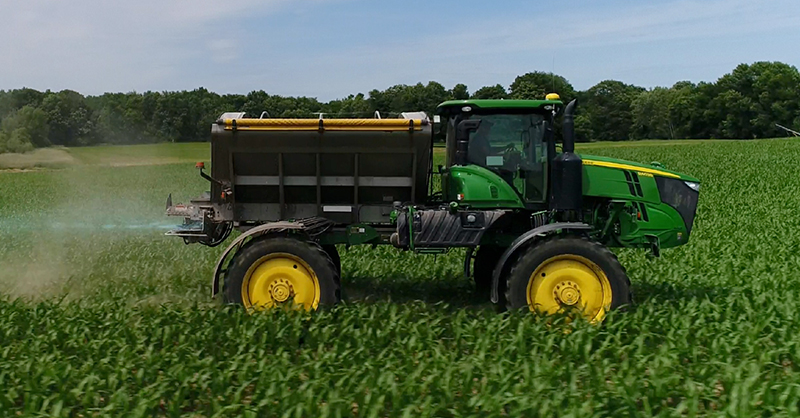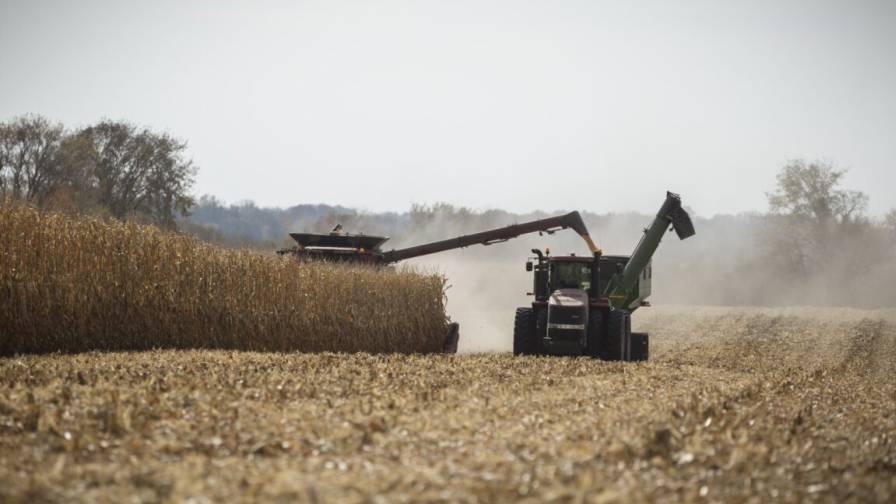Stink Bugs Reported In Nebraska Corn And Soybeans
Relatively high numbers of stink bugs have been reported in Nebraska corn and soybean.
“Both crops are sensitive to stink bug injury during their reproductive stages, so stink bug scouting should now begin,” said Bob Wright, University of Nebraska-Lincoln Extension entomologist.
Stink bug surveys conducted in Nebraska from 2009 to 2011 show four species of stink bugs that can be found in soybeans and corn. They are the green stink bug, brown stink bug, onespotted stink bug, and red-shouldered stink bug. All stink bugs are shield-shaped as nymphs and as adults and are either green or brown.
Stink bugs feed on plants and other insects by piercing and injecting the plant or insect with digestive enzymes, and removing fluids from the plant or insect, Wright said.
Nymphs and adult stink bugs injure vegetative stage corn by feeding at the base of the seedling corn plant, which results in irregular shaped, oblong holes with yellow margins on corn leaves as they emerge from the whorls. The bugs damage reproductive stage corn by piercing the husk and feeding on the developing kernels, which leads to missing or shrunken kernels.
In soybean, nymphs and adult stink bugs puncture various soybean plant parts and extract plant fluids. This injury leads to deformed seeds and pods and makes the plants more susceptible to pathogens. It also causes delayed maturity and deformed leaf growth.
“Injury often appears first on field borders as the stink bugs move into the field,” Wright said. “With time, the stink bugs can move throughout the field.”
In the past, stink bugs have not been considered a significant pest of corn or soybean in Nebraska, but they are significant economic pests to a variety of crops in the southern United States. Wright said over the last 10 years, there has been an increasing trend for stink bug populations in more northern states, including Nebraska.
For more information about scouting stink bugs, including treatment information, visit CropWatch, UNL Extension’s crop production newsletter.






